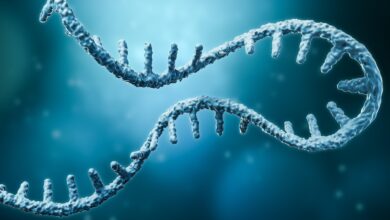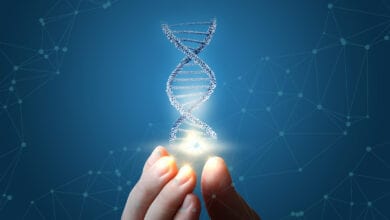Linda Moulton Howe: Latest Antarctica Volcano Count — 138!

Scientists from the University of Edinburgh in Scotland have done the first study of the West Antarctic Rift with ice-penetrating radar and have found what might be the largest volcanic region on Earth, larger than the East Africa volcanic ridge that contains Mt. Kilimanjaro. They analyzed the shape of the land beneath the ice using measurements from ice-penetrating radar and compared the findings with satellite and database records, as well as geological information from aerial surveys.
To their surprise, they now have a count of 138 volcanoes that range in height from 320 feet (100 m) to 12,600 feet (3,850 m). The peaks are concentrated in a region known as the West Antarctic Rift System, spanning 2,174 miles (3,500 km) from Antarctica’s Ross Ice Shelf to the Antarctic Peninsula. Some of the peaks stick out of the mile-thick ice, while most are below the ice sheet.

In one of the glaciers known as Thwaites Glacier, there has been a large volume of disappearing ice that might be because a subglacial volcano there is melting the ice and causing water runoff hidden from the surface. The melt rate of West Antarctica’s Thwaites Glacier is currently responsible for about 1% of global sea-level rise. Thwaites Glacier covers an area nearly as large as the state of Washington (70,000 square miles, or 182,000 square kilometers). Satellite measurements show that its rate of ice loss has doubled since the 1990s. The glacier has the potential to add several inches to global sea levels. Could the glacier’s melt be related to any one of the 138 volcanoes becoming warm and active under the Antarctic glacier? And what happens if several of those West Antarctic Rift volcanoes became active and ice melt really accelerated?
That’s a question that one of the world’s top glaciologists would like to answer. He is Robert Bingham, Ph.D., Chancellor’s Fellow, Glaciology and Geophysics, University of Edinburgh, Scotland. Prof. Bingham was awarded the Polar Medal by H. M. the Queen in 2013 for contributions to the Arctic and Antarctic science.




